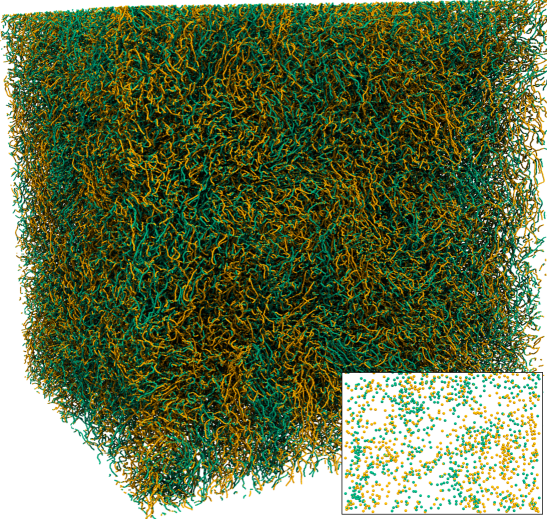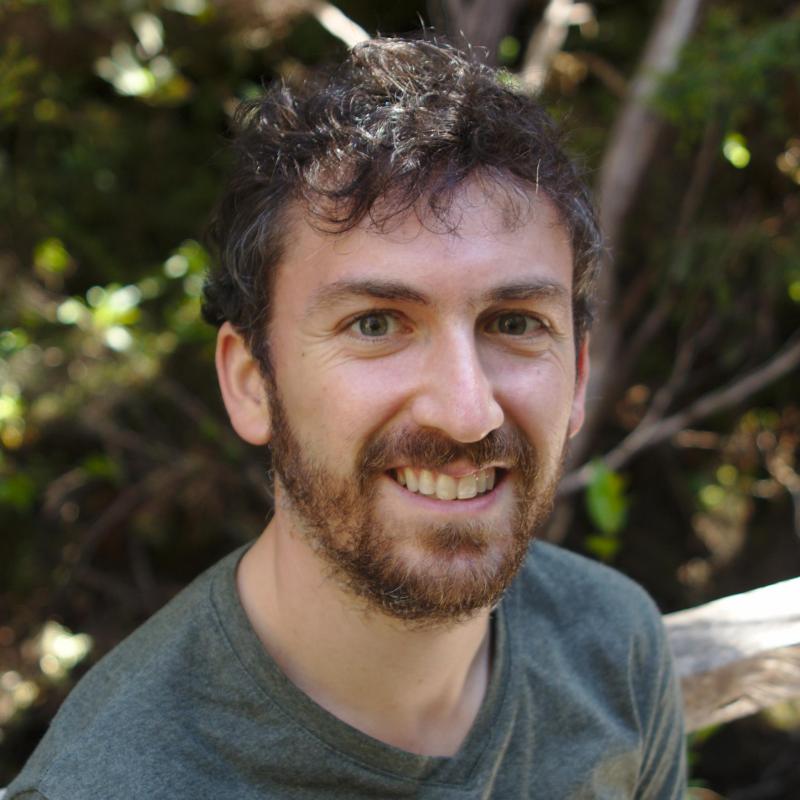Research interests
Lagrangian turbulence and particles
I am particularly interested in the Lagrangian description of turbulent flows, that is, from the point of view of ideal fluid particles that perfectly move with the flow. I am also interested in more realistic inertial particles – whose dynamics is affected by parameters such as their mass, size or shape – and their interaction with a surrounding turbulent flow. Examples of such particles can be found in a myriad of natural and industrial contexts, but also in laboratory flows, where they are often used to probe turbulence.

Quantum turbulence
Besides studying the flow of classical fluids, I am also very interested in superfluids with little to no viscosity. One important example of a superfluid is liquid helium at temperatures close to the absolute zero. Such fluids are interesting – among many other reasons – because they display the presence of quantised vortices, extremely thin vortex filaments about which the velocity circulation takes discrete values. I am particularly interested in the complex turbulent dynamics that can take place in the presence of many of such mutually-interacting vortices, and on how this quantum turbulence closely resembles classical turbulent flows in certain aspects. My ultimate motivation is to enable a better understanding of classical turbulence through the conceptual simplicity of the ideal vortex filaments found in quantum flows.

I have also developed novel numerical methods and codes enabling the accurate and efficient simulation of quantum turbulence.
Scientific computing
My research mainly follows a theoretical and numerical approach. In particular, I perform direct numerical simulations of the incompressible Navier–Stokes equations describing classical flows – as well as of different models describing superfluids. My approach is one of high-performance computing, using massively-parallel solvers which can run on high-end supercomputers. I also conceive and implement highly efficient algorithms enabling the analysis of the large amounts of data which are generated by such simulations. This is greatly facilitated by the Julia programming language, in which I have developed a number of open-source libraries enabling the large-scale simulation, analysis and visualisation of turbulent flows – among many other applications.
